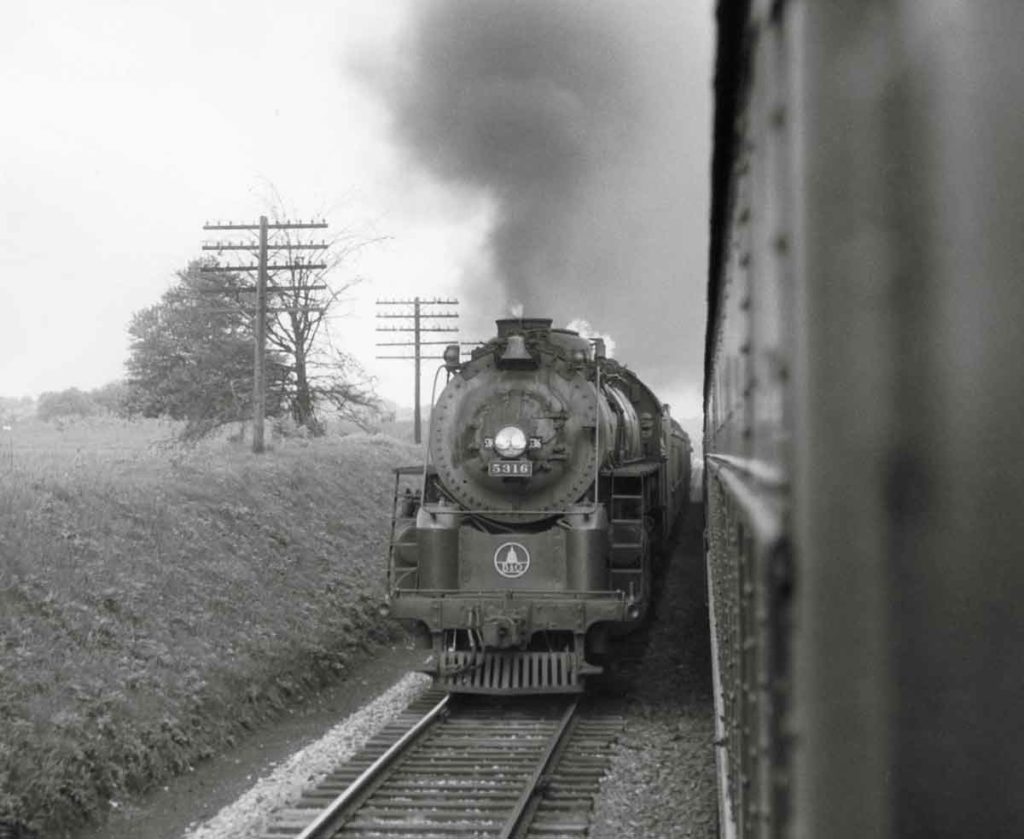
Seen from a troop train out of Fort Meade, Md., Baltimore & Ohio 4-6-2 5316, formerly named President Grant, hurries east with Cumberland–Baltimore passenger local No. 34 near Rockville, Md., in May 1953. Philip R. Hastings photo […]
Read More…

What was your first byline in Trains? Steve Glischinski: My first byline was an article on the Escanaba & Lake Superior in the July 1984 issue. It was the cover story. I was so excited I went out and bought a whole bunch of issues and gave them out to friends! For several years I had […]
Read More…
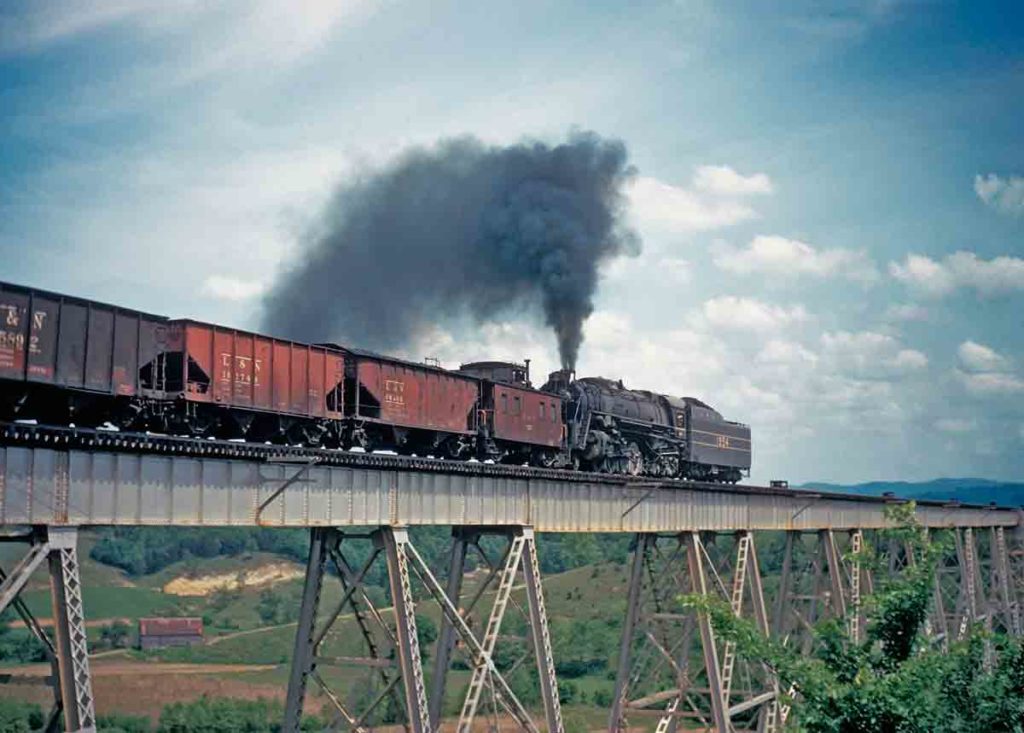
Louisville & Nashville M-1 2-8-4 1954 (a “Big Emma”) pushes behind the caboose of a northbound coal train on the big Red River bridge south of Winchester, Ky., in May 1952. Ed Theisinger photo […]
Read More…
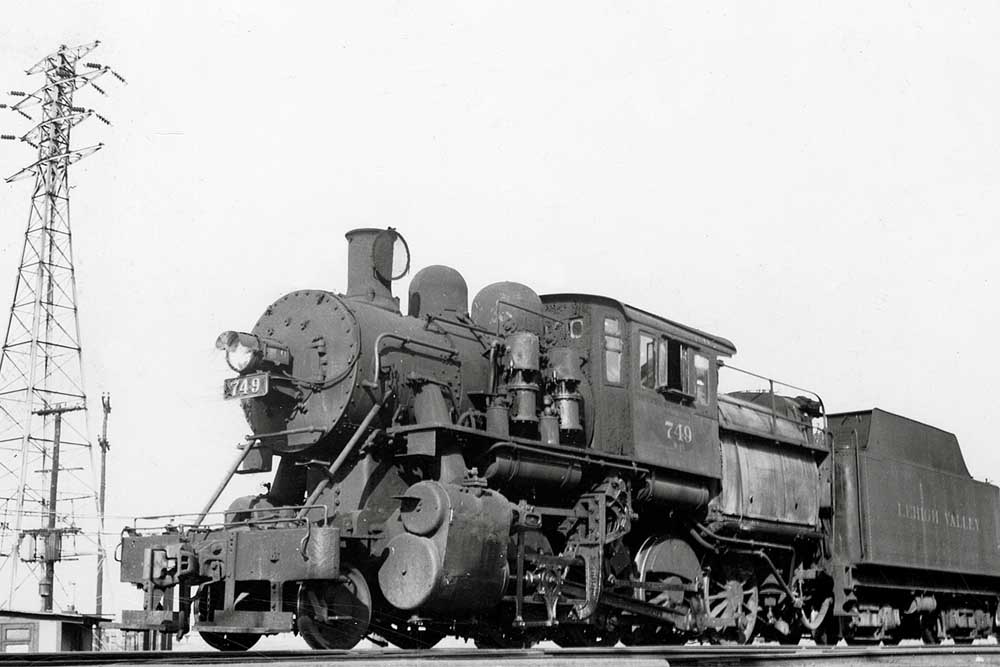
Lehigh Valley locomotives were known by the road’s early Cornell red and black paint scheme. Later, units carried gray-and-yellow and white-and-black colors. The Lehigh Valley dieselized with EMD FTs and F3s and Alco FAs (the last steam ran in 1951), and remained a prolific Alco customer through the 1960s. For a small railroad, the LV […]
Read More…
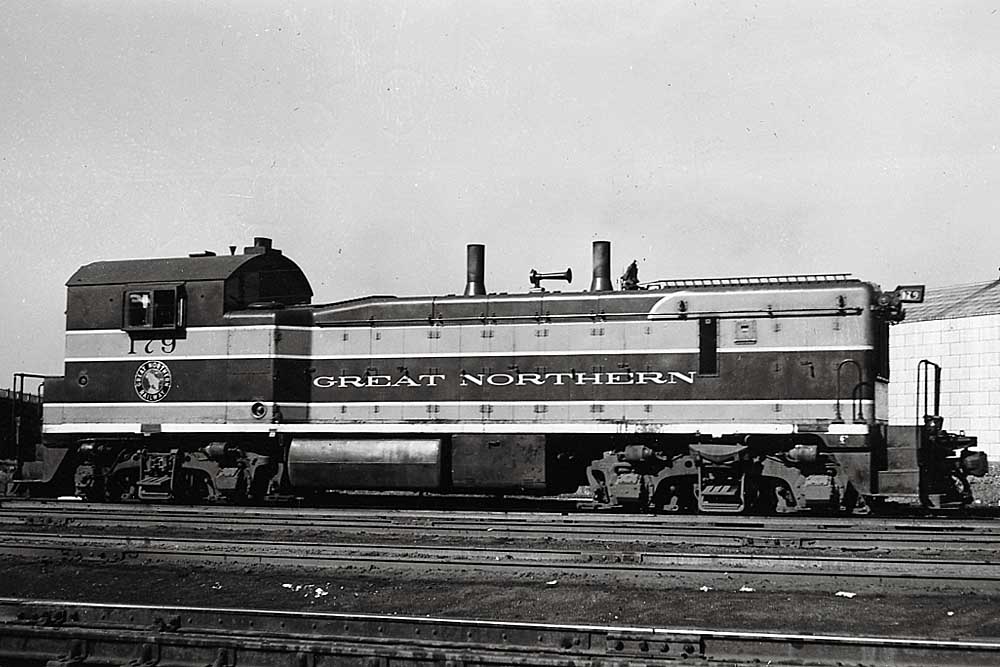
The EMD NW3 locomotive was the builder’s first entry into the eventually lucrative road switcher category, although it was intended as a passenger terminal switcher. Locomotive builders can be inconsistent when it comes to aesthetics. EMD, which on one hand could create stylish, wind-splitting passenger units would, if the situation warranted, produce some […]
Read More…
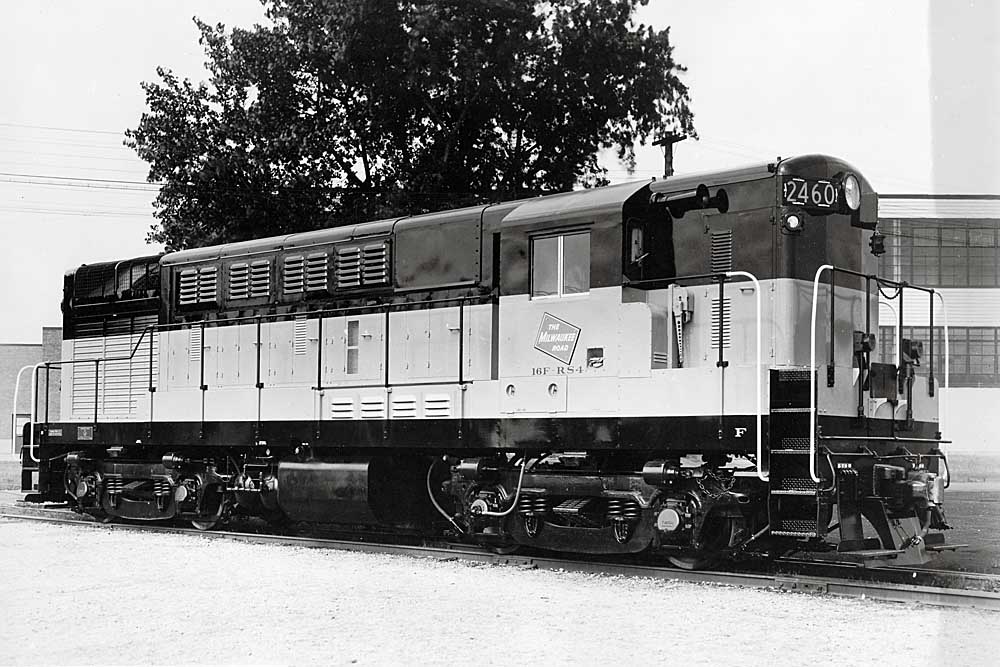
The best-selling Fairbanks-Morse diesel locomotives came from the builder’s “H” series of hood units. Even though Fairbanks-Morse built relatively few diesels compared to EMD or Alco, FM locomotives have a solid following among railfans. They were known for being rugged, excellent-pulling locomotives, in spite of their temperamental opposed-piston engines. Fairbanks-Morse chose to develop […]
Read More…
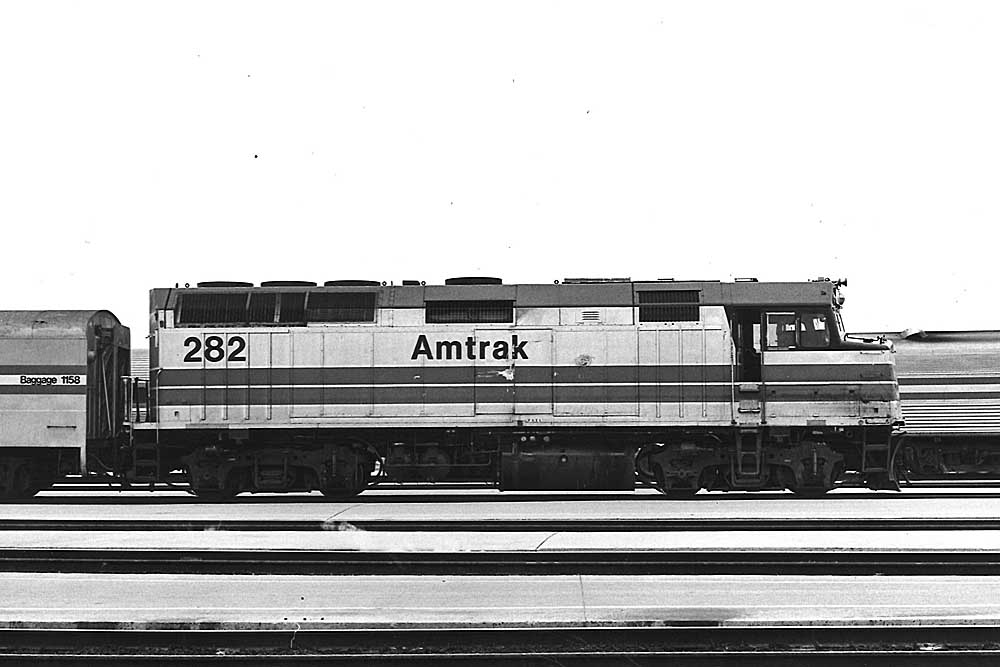
Amtrak F40PH locomotives are considered the standard passenger motive power for the 1980s and early 1990s. The four-axle, 3,000-hp units are mechanically identical to the much more common GP40-2 freight locomotive, which also use the 16-645E prime mover. In fact, the F40PH was EMD’s first production passenger locomotive to use this prime mover. (Other F40PH […]
Read More…
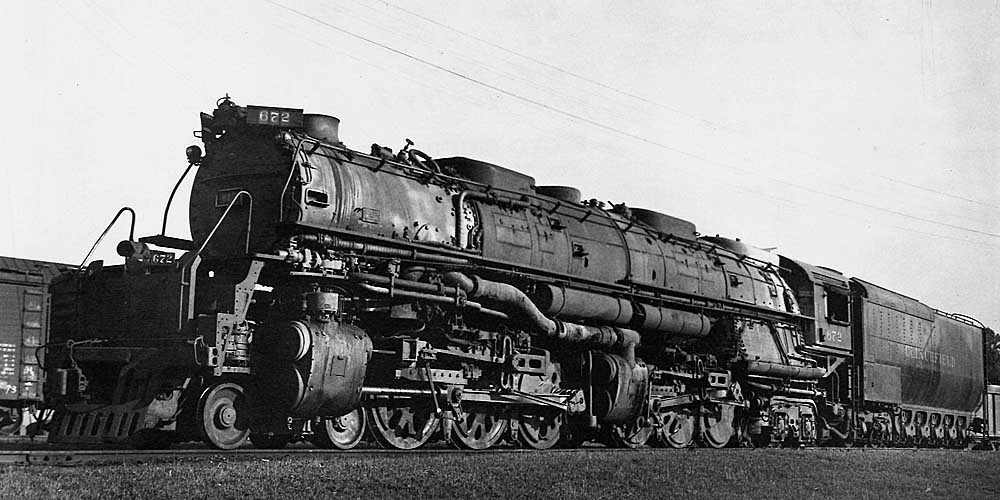
The 4-6-6-4 Challenger was the most successful articulated steam locomotive design. Rating steam locomotives is a risky business. You might easily compare engines by weight or length or lists of accessories, but actual performance — judged by the engineering standards of 2023 — is somewhat subjective. It would be an exaggeration to say […]
Read More…
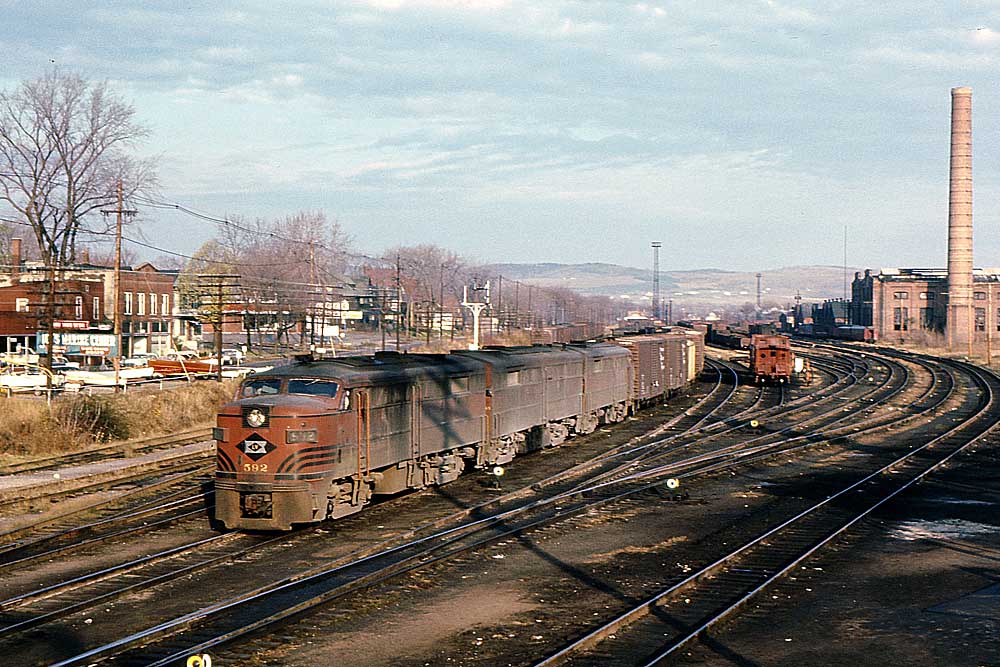
Without an ampersand, directional vector, or superlative in its title, the Lehigh Valley Railroad was of understated geographical reach. Its 440-mile New York-Buffalo line was slightly longer than competing routes of the Erie, New York Central, and Lackawanna, but shorter than the Pennsylvania’s. LV’s earliest component dated to 1836, but “the Valley” owed its existence […]
Read More…
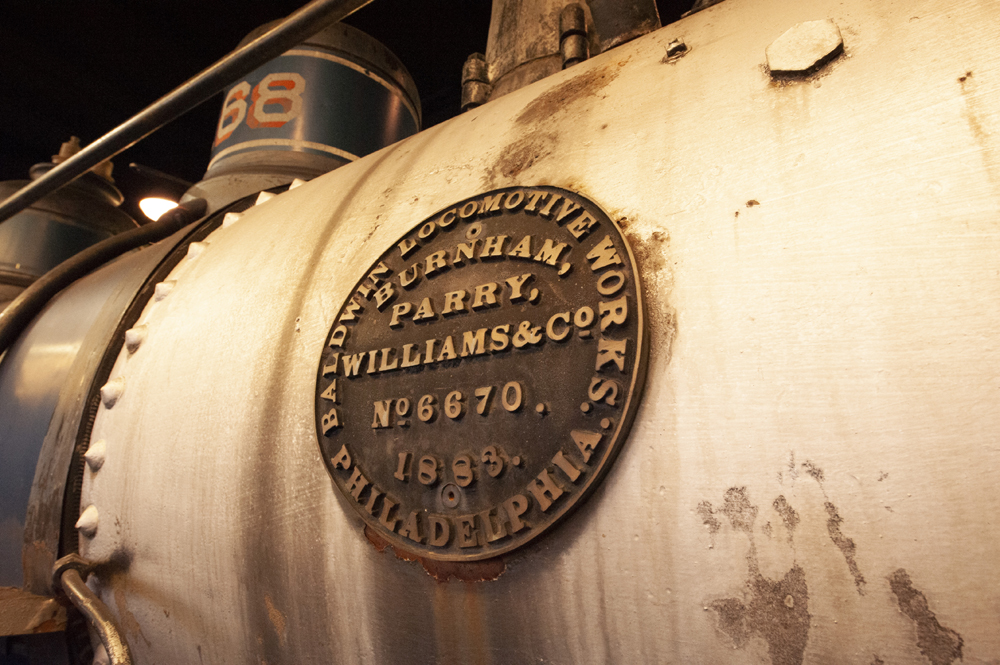
Builder’s plate Imagine walking around all of your life with your birth certificate attached to your forehead. Anyone could walk up to you and in one glance (assuming they understood your birth certificate’s cryptic codes) ascertain your age, lineage, weight, maybe how many legs you should have, and possibly how much work you can do. […]
Read More…
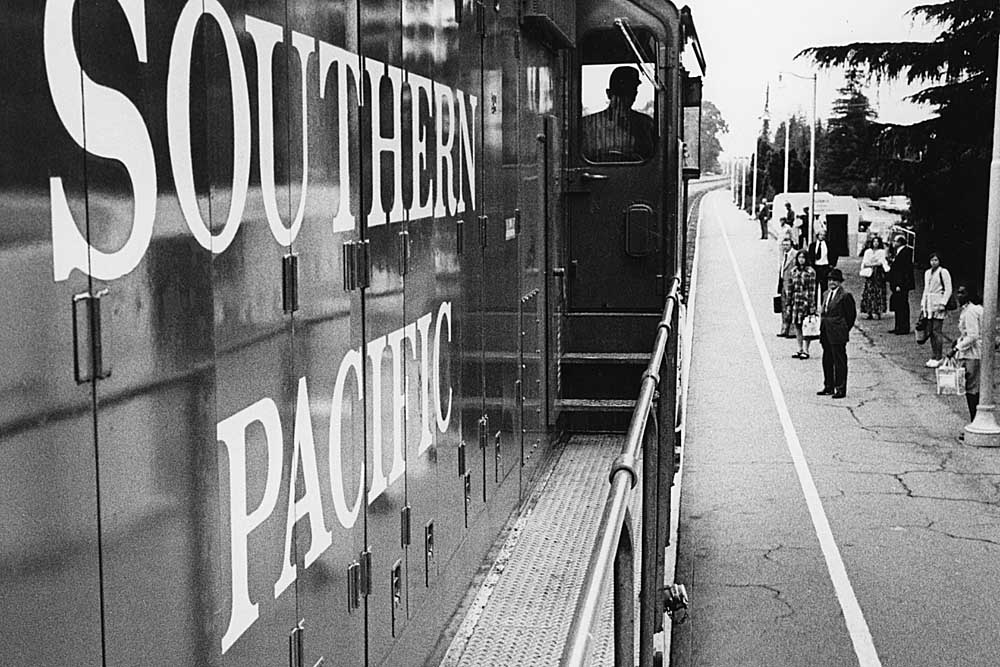
Of all the railroads that tried various gambits to get out of the passenger business in the 1960s, perhaps none attracted as much vitriol as Southern Pacific. Not that SP downgraded or got rid of the most trains — that honor probably goes to New York Central — but its 1966 substitution of an […]
Read More…
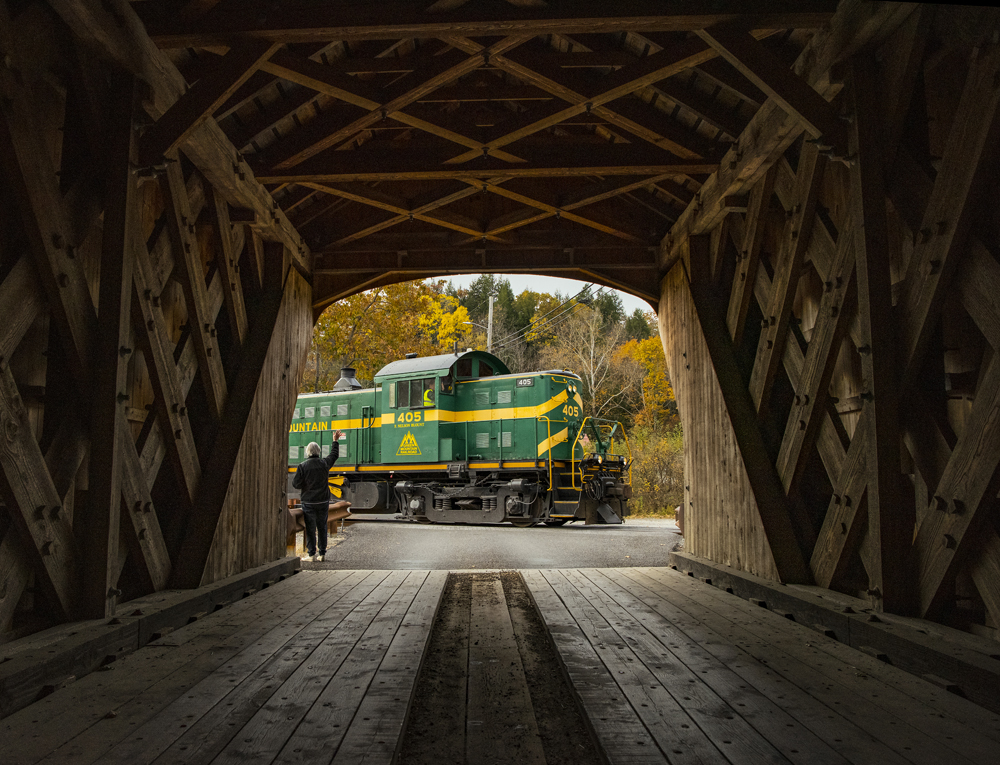
Trains Photo Contest 2023 Trains is excited to continue the partnership with the National Railway Historical Society for the 2023 photo contest. The NRHS is a nonprofit that promotes the interest and study of the railroad industry, a mission shred by the Trains brand. The NRHS, which was established in 1935, is an excellent partner […]
Read More…












